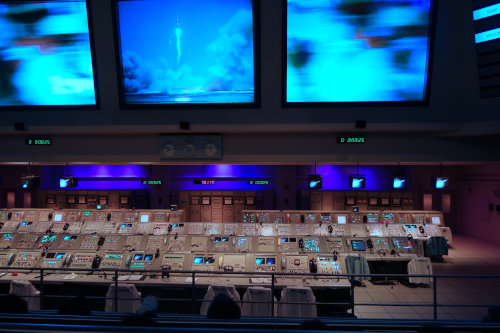Audio-visual (AV) equipment can massively help businesses with their productivity levels. They can actually do this in several ways. But it’s not a matter of buying the equipment and instantly enhancing productivity–you have to know how to use it, too.

Key Benefits of State-of-the-Art AV Installations
Advanced AV installations have tons of uses, as we touched on above. But what benefits do they actually bring for the businesses that use them?
Improved Communication
The right technology revolutionizes how businesses communicate, both internally and externally. High-quality video conferencing systems can eliminate geographical barriers. Not only does this reduce travel time for staff, who can comfortably work from home, but it also opens up new markets with real-time communication around the world.
Crystal-clear audio systems ensure that face-to-face communication is always easy. So, it’s easy to reduce misunderstandings and enhance the clarity of discussions.
Enhanced Collaboration
Interactive displays and digital whiteboards foster teamwork by allowing multiple users to engage at the same time. They change the game when it comes to brainstorming sessions, making it both easy and fun to share ideas and solve problems.
In this way, AV technology helps teams to work more cohesively and creatively, regardless of their physical location.
Streamlined Operations
Integrating AV technology into daily operations simplifies complex processes and reduces manual intervention. Depending on the environment, AV systems may be entirely necessary. For example, for large organized events like concerts and competitions, you’ll need advanced AV equipment with a control center to organize the entire process.
Even for smaller, day-to-day business operations, AV equipment can help you keep track of everything all in one place. Analyze data, keep an eye on your operation, and more, all from one place.
Time Management
AV installations can also save valuable time by minimizing technical glitches and setup times. Reliable, high-quality equipment ensures that meetings and presentations start on time and run smoothly, avoiding the delays caused by technical issues and downtime.
Additionally, the ability to record and archive meetings allows employees to revisit important discussions. Without the need to reschedule additional sessions, teams can stay on track and save valuable time.
Selecting the Right AV Solutions
It’s not enough to buy any old AV equipment. Instead, it’s important to choose the right technology for the job, and to integrate it properly so that the system runs as smoothly as possible. Key criteria to consider include performance specifications, compatibility, scalability, and user-friendliness.
When selecting displays and projectors, for example, prioritize high-resolution, brightness, and contrast ratios to ensure clear and vibrant visuals. For control systems, look for intuitive interfaces and robust functionality that allow seamless management of all AV components.
We also recommend investing in the best video wall controllers. These play a vital role in managing multi-screen setups, allowing for the seamless display of content across multiple screens. They also allow for flexibility in how you present and view this content, with scaling, switching, and layering functionalities.


